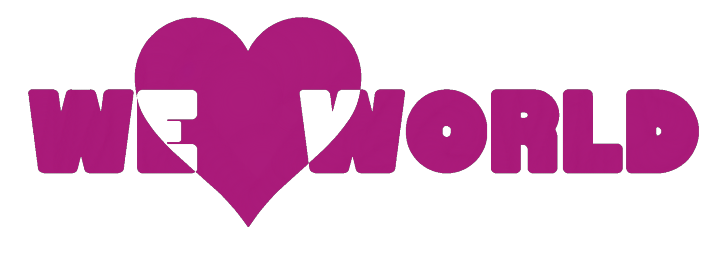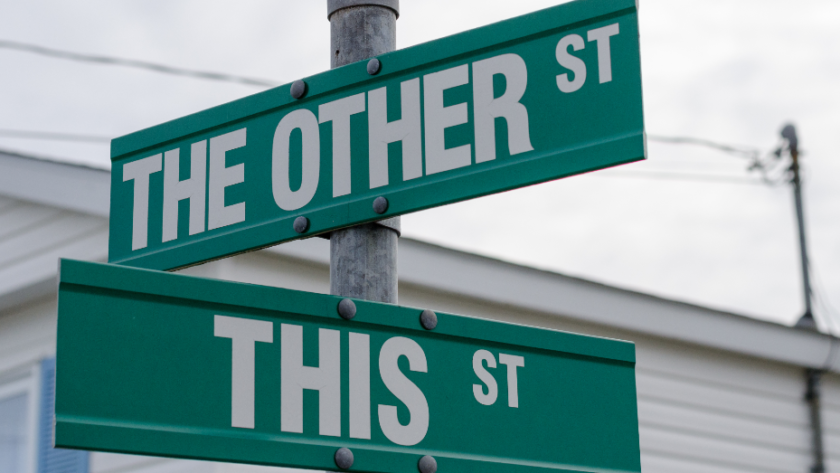What made people decide how the naming of streets would take place? Was it a random naming process or was it truly organized?
When you think of some of the most famous street names in the world, you come up with Broadway, Abbey Road, and Bourbon Street which all bring specific thoughts to mind. How did these streets and those in your town receive the names they have now?
Landmarks and Patterns Emerge
Before the exodus from urban areas to spread out into the sprawling areas around cities, also known as suburban neighborhoods, most people lived within city limits. This prompted city planners to develop a pattern for the streets, usually a grid, to make it easy to understand. Some streets are numbered, which makes it easy for a person to know how many blocks they have to go to get to their destination.
Many times, the process of naming streets had to do simply with landmarks and topographic features. This is where we find streets such as River Road, Hill Street, or Water Way. Other times the location in town was another way for a street to receive a name such as East Drive or Upper Boulevard. In some cases, streets were given power names in affluent communities such as State Street or King Drive.
People Get Street Names Too
Why do some streets have names of people or families that were affluent in the area? To honor those people and their contributions to the community. Many streets were named for political and military leaders such as Washington and Jefferson, but in some towns, you might find streets named for sports heroes. No town has more streets named for players of one team than Green Bay Wisconsin with many streets named after famous players and coaches of the Green Bay Packers.
Suburban Streets Were Named Differently
Another way that some streets, mostly in suburban areas, received their names, was from the plants and foliage that some residents grew in their gardens. You might find Magnolia Court or Elm Street in a suburban neighborhood more often than in an urban area unless a street was lined with plants and trees of that variety when it received its name.
What Makes a Specific Street Type
Along with actually naming streets, city and suburban planners have to decide what moniker to give the roadway. Is it a street, an avenue, a way, a circle, a boulevard, or a court? There used to be some strict guidelines for this, but most cities now do things their own way. Even though the rules are mostly gone, you probably will find some consistency in the area you live in and what to expect when you drive.
A road is known as any pathway that connects two points and a way is considered a small side street off of a road. Streets are typically public roads with buildings on both sides that tend to run perpendicular to avenues.
An avenue is defined as a road that has trees and buildings on both sides. When these naming systems were first developed, avenues were expected to be grand and have homes that were set back from the roadway.
Boulevards are even grander with a median in the middle that could have more trees and homes set back even farther. If you lived on a boulevard, you likely had a grand home and were one of the more affluent families in the area.
Adding to the confusion of naming streets, lanes were known as narrow roads in rural areas and drivers were longer winding roads that typically got their shape by the landmarks of the area.
Courts are typically loops without a thruway or a small street with a cul-de-sac at each end. Just adding the right ending to a street name can be maddening, as you can tell.
Developers Name Streets Today
The process of naming streets in expanding areas is often left to the real estate developer but the city public works department has veto power over street names. Some cities are extremely strict with their names, such as Washington, D. C., while others are more lax and laid back.
Some of the strangest names make you wonder if anyone was overseeing the process of naming streets. We have Colon Street in Los Angeles, 100 Year Party Court in Longmont, CO, Duh Drive in Bethlehem, PA, and Fella Place in San Francisco, CA. Boston gives us Goodenough Street, which seems to be a name that probably came from a developer without much creativity in mind.
This post may contain affiliate links. Meaning a commission is given should you decide to make a purchase through these links, at no cost to you. All products shown are researched and tested to give an accurate review for you.




